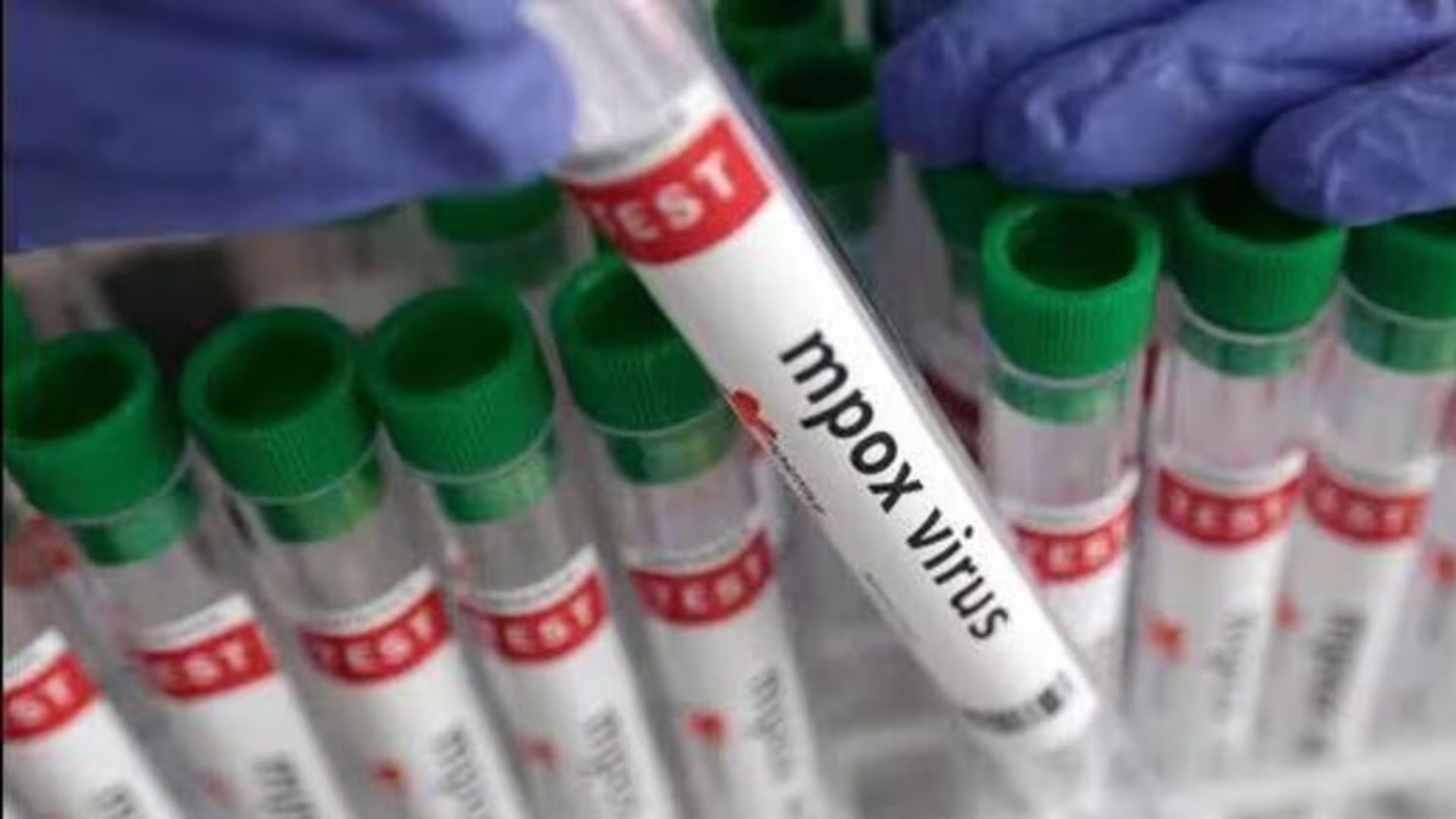In mid-August 2024, the World Health Organization (WHO) declared the surge of Mpox (Monkeypox) cases in several parts of Africa a Public Health Emergency of International Concern (PHEIC). This declaration emphasises the gravity of the situation and calls for increased global cooperation to address the outbreak.

As per WHO, 121 countries have reported a total of 1,03,048 Mpox cases and 229 deaths globally between January 2022 – July 31, 2024. As of September 01, 2024, 15 African countries have reported 3,900 confirmed cases of the disease. The Democratic Republic of the Congo, Burundi, and Nigeria are the three countries with the highest number of cases this year.[1]
In India, 30 Mpox cases have been reported since the WHO’s 2022 PHEIC declaration. Further, India is reportedly implementing preparatory measures and public health strategies to address potential Mpox cases.
All about Mpox: Signs, Symptoms and Prevention
Mpox, previously known as Monkeypox, is a zoonotic viral disease with symptoms similar to Smallpox, though less severe. It typically resolves on its own within 2-4 weeks.
Severe cases are more common in children and depend on factors such as virus exposure, patient health, and complications. It spreads through prolonged close contact with an infected person or direct contact with body fluids, lesion material, or contaminated items like clothing or linens.
Mpox progresses through three stages: Incubation, Prodrome, and Rash.

Prevention is primarily focused on raising awareness about risk factors and educating people on reducing exposure to the virus. Key preventive measures include:
- Avoid contact with materials (e.g., bedding, clothing) that have been in contact with infected individuals.
- Isolating infected patients from others.
- Practicing good hand hygiene, such as washing hands with soap and water or using alcohol-based hand sanitizers, especially after contact with infected animals or humans.
- Using appropriate personal protective equipment (PPE) when caring for patients.
- Properly containing and disposing of contaminated waste (e.g., dressings) under Biomedical Waste Management guidelines for infectious waste.






